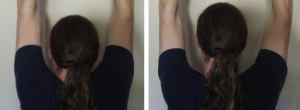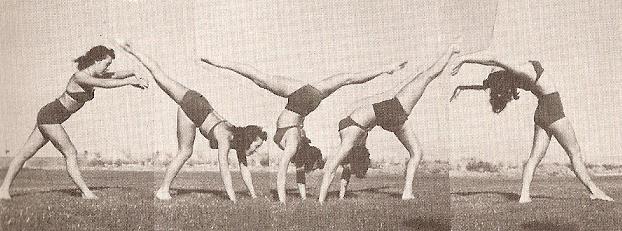Most of us dreaded gym class in school. One of the hardest tasks was learning how to do a handstand and stay up. Contrary to popular belief, you don’t need to be on the US Olympic Gymnastics team to perform a steady handstand. It takes patience, practice and good technique.
This video shows getting up into a handstand from a yoga perspective. I’d approach it differently but there are some good tips here.
If you have never attempted a handstand before, have a friend hold your legs as you kick up into a handstand. You can also practice against a wall. Whichever route you choose, make sure to follow the same guidelines below on how to do a handstand and stay up:
- Place your hands on the floor in front of you. Make sure they are about shoulder width apart. If you get too wide, you will fall and not have a good balance.
- Another tip is to spread your fingers out to make a wider base. It is essential that you lock your elbows once you begin the handstand. This is crucial for a good platform.
- Begin by placing your hands on the floor in front of you with your elbows locked.
- Place your dominant leg forward and kick up into a handstand with your weaker leg.
You may need to practice doing a few kicks to get the right balance. If you are worried about falling over, try to use a softer surface to practice your handstand on. Grass is good to start. Once you are able to get yourself up into a vertical position, look at your hands to keep yourself balanced. Avoid moving your head around and keep your legs locked together. It is a good practice to point your toes to the sky. This helps your balance and presents a nicer image. Allowing your legs to dangle over your head is not a good technique because it could throw you off balance and it doesn’t look good. Use your palms for balance. If you start to fall forward, push with your fingers. If you find yourself falling backwards, push on your palm heels for balance. Staying up in the correct shape requires a lot of strength, which can be achieved through practice.
Finally, watch the video and take notes on things that you should not do if you want to stay up when doing a handstand. Like most things, it will take time and practice to know how to do a handstand and stay up.











